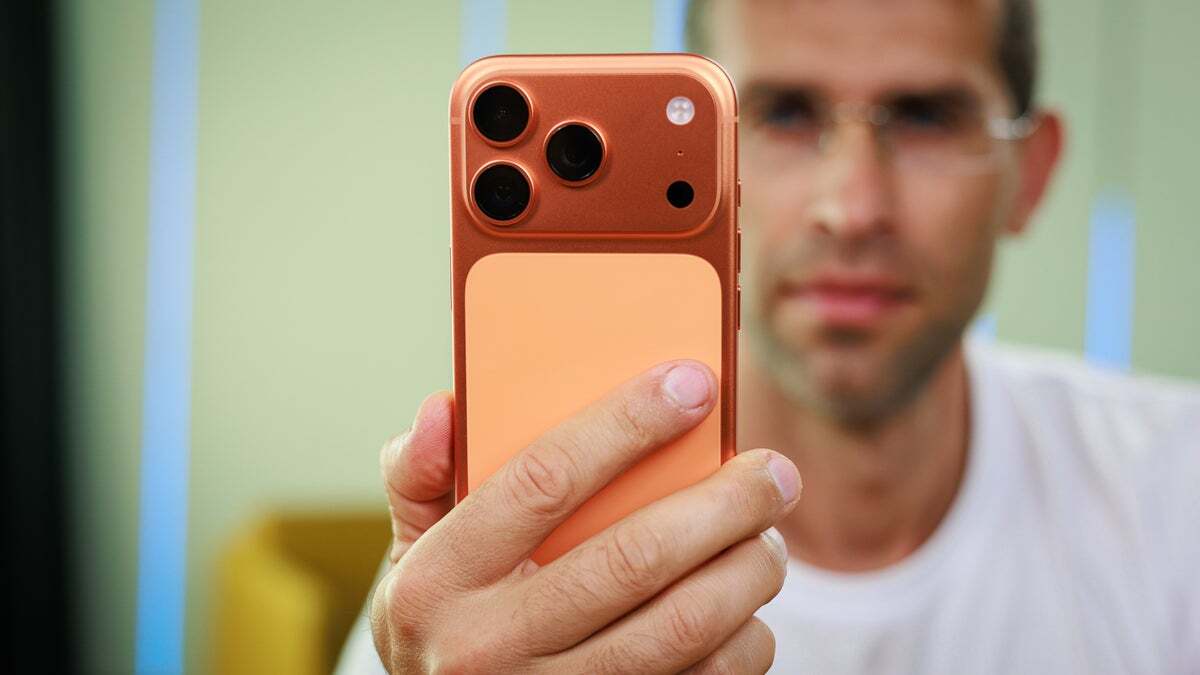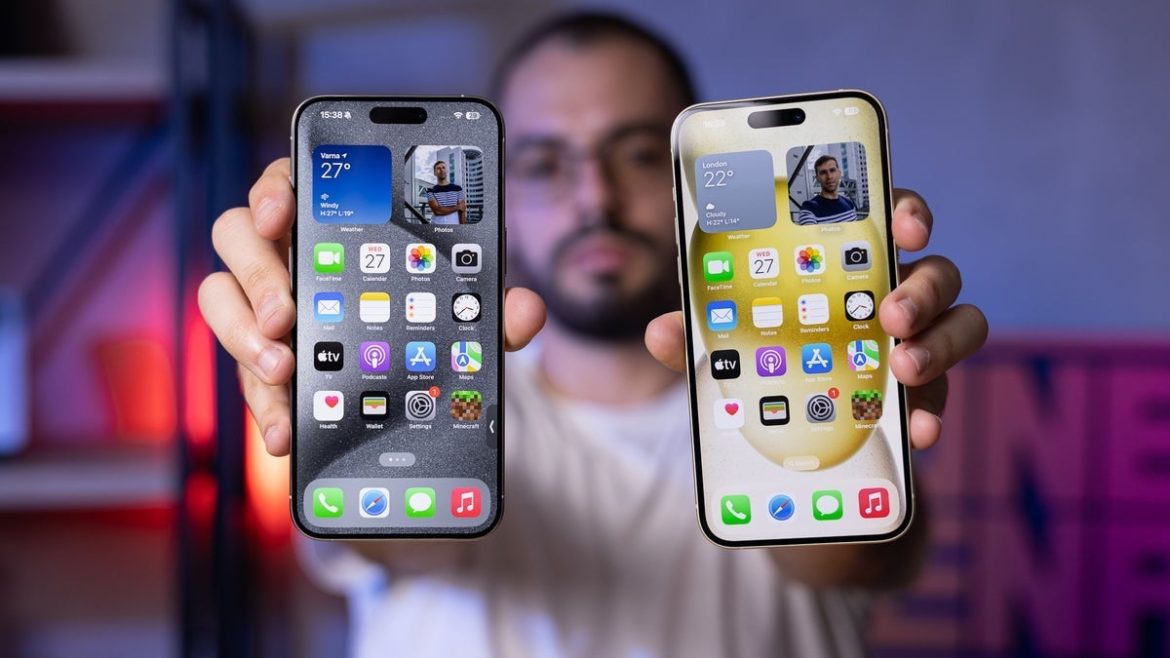Appeal in patent dispute case against Apple rejected
An engineer, Dr. Timothy Pryor, hit the Cupertino giant with a patent-infringement lawsuit back in February 2021. The lawsuit claimed that many of the iPhone camera features infringed on Pryor’s patents related to mobile phone cameras.
The patents are now expired, but they showcased tech that could “assist a user to interact with their smartphone”. Basically, the technologies described in these patents were related to taking photos or videos and unlocking devices.


Image Credit – PhoneArena
The lawsuit claimed that Face ID, picture facial recognition, OIS (Optical Image Stabilization), and Smart HDR were among the features alleged to infringe on the engineer’s patents. The lawsuit underlined that the infringement happened before the patents expired in 2020. However, that was reportedly never brought up while the patents were still active.
In 2021, Apple petitioned the USPTO (U.S. Patent and Trademark Office) and its Patent Trial and Appeal Board and asked for these claims to be invalidated. And that’s what happened in the end, and the U.S. Court of Appeals for the Federal Circuit concluded that the patents were invalid.
Now, the Supreme Court has refused to hear an appeal by Gesture Technologies. The company had tried to argue that because the patents had expired, the issue should’ve been addressed by the federal court, not by patent-centric courts, as it no longer involved public rights. However, Apple and the USPTO argued that those still involved public rights, which meant the ruling should stay.
And it did. The Supreme Court refused to take up the case, and the hearing of the appeal by Gesture Technologies was declined. This pretty much means that Apple has won.
Patent disputes and tech giants
Patent disputes are a regular occurrence, and most of them drag on for ages. Although Apple appears to have won this time, that’s not always the case. A very popular example is the blood-oxygen monitoring feature dispute between Apple and Masimo. Masimo, a medical-tech company, sued Apple and claimed that the Apple Watch’s blood-oxygen sensor copied its patented technology.
In 2023, a U.S. trade commission agreed that Apple infringed Masimo’s patents, forcing Apple to disable the blood-oxygen feature on new Apple Watch models sold in the U.S.
Apple later redesigned the feature so that the sensor data is processed on a paired iPhone instead of directly on the watch. Masimo also won a $634 million jury verdict in a separate patent-infringement case, but the dispute continues as Masimo challenged Apple’s workaround.
And it’s not just Apple. Other big companies are also constantly dealing with similar cases and situations, and the legal fights can continue for a long time. As is the case with this one as well.
Why Apple’s patent win here shows strategy matters
It’s clear from this case that Apple knows how to play the long game. The company didn’t rush when the lawsuits started, it used the USPTO and the Federal Circuit to carefully challenge the claims. The Supreme Court declining to hear the appeal just confirms Apple’s approach worked.
What really stands out is how much strategy matters in tech. Innovation alone isn’t always enough; knowing when and how to act can make all the difference. Apple’s win is a reminder that patience and smart planning can be just as important as creating great features.
#Apples #longrunning #legal #battles #ended #result #surprise
